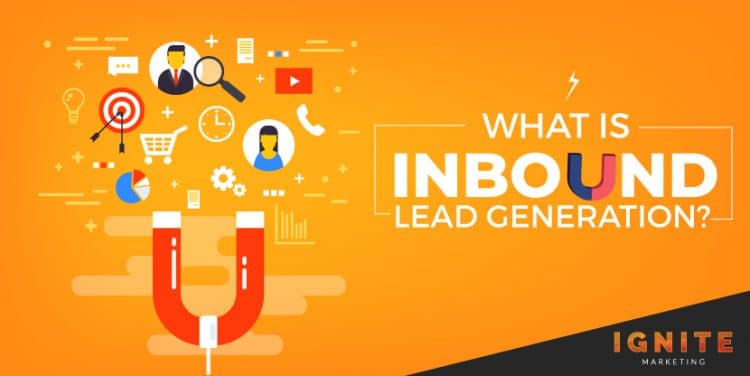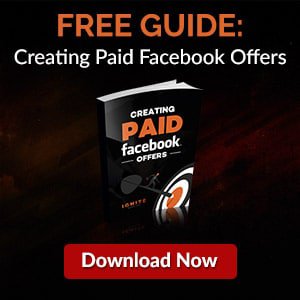


Inbound marketing is a marketing strategy that attracts customers through the creation of helpful content. It was first popularized by Hubspot back in the mid-2000s and has since become the most effective marketing philosophy around today.
Lead generation has been around for a good deal longer than inbound marketing. It's one of the essential pillars of inbound marketing and is the primary way businesses get modern consumers into their sales funnel.
So, what happens when you put the two together? What is inbound lead generation?
Inbound lead generation is the process of attracting prospects and capturing their contact information through inbound methods.
To learn more about what inbound lead generation is, and how you can use it to increase the number of customers your business gets, read on.

Before we get into the nuances of lead generation, we first need to explain what a lead is.
A lead is a person or company interested in the product or service you're selling. This interest is typically shown by their sharing contact information with you. An email address is the most common type of contact information given, though phone numbers also count.
There are two types of lead generation: inbound and outbound.
In outbound lead generation, businesses interrupt prospective customers with phone calls, emails, ads, or direct mail letters. Companies that use these strategies attempt to get the prospect into their funnel with a sales message that the person didn't seek out and wasn't looking for.
This form of lead generation used to be much more popular, but its effectiveness has been whittled down over the years.
Since the explosion of the internet, getting the attention of consumers with interruptive messages has become harder. Caller ID, email spam filters, ad blockers, and a general distrust of messages from unknown entities mean the vast majority of consumers ignore these annoying outreach methods.
To adapt to this change in consumer behavior, companies began to shift their marketing strategy. Instead of seeking out customers with ads, they began creating content that allowed customers to find them.
This is what inbound lead generation is all about: establishing trust by creating valuable content that prospects can find through search engines, social media platforms, or other communication mediums your target market frequents.
The best way to understand the inbound lead generation process is through a step-by-step example.

Let's create a fictitious company called Beth's Flowers. Beth's Flowers is an online flower shop that ships flowers to people all over the world.
Here's how Beth would implement an inbound lead generation strategy that brings her more customers.
Do you see why this works so much better than those annoying outbound methods?
The consumers who are finding Beth's website and signing up for a coupon code are actively looking for a solution to a problem. Maybe they're searching for "How to prune a sunflower," or "Best soil for roses."
If Beth has created content that satisfyingly answers their questions, these consumers will view Beth and her business as a trusted source of flower information.
Once trust has been established, visitors are more willing to give away their contact information in exchange for a coupon or piece of educational content. And when consumers submit the signup form, they become leads that Beth can nurture into purchasing down the road.

Modern buyers are hard to reach. They are more informed and less available. Interruptive marketing tactics don't work as well as they used to, so a subtler approach is required to pique their interest.
Although the main purpose of inbound lead generation is to get the contact information of interested consumers, one beneficial side effect is a boost in brand and product awareness.
If you want to generate leads with an inbound methodology, you need to create content. And if you want people to see that content, you need to place it in channels that will make it visible to consumers. This includes the Google search results, YouTube (if you make videos), Facebook, LinkedIn, Twitter, Instagram, and other platforms.
By creating and sharing this branded content, you will inevitably boost awareness of your brand and products/services among your target market.
A prospect enters your sales funnel when they become aware of your product or service.
Because the inbound lead generation process involves creating content that allows consumers to find your business, you don't have to do any work to get people into your sales funnel once that content is published. It will sit there and bring customers right to your digital doorstep, allowing you to spend your efforts on other parts of your business.
One of the biggest issues with outbound lead generation is that most of the people you target aren't going to be interested in what you're selling. This creates a lot of waste in marketing budget and spent effort that could have been allocated elsewhere.
Because inbound lead generation is built on a foundation of genuinely useful content, the prospects you attract are already interested in your industry. Selling to them will be a much easier task than selling to someone who doesn't care about your niche.
An excellent inbound lead generation strategy can be implemented at virtually zero cost.
You don't have to spend big bucks on ad buys. If you can write blog posts or shoot videos yourself, then your only marketing costs will come from your website hosting and design fees.

I've already harped on this a few times, but it's worth mentioning again: content is the gasoline that fuels your inbound lead generation campaign.
It's what attracts prospects to your website and helps you establish a trust-based relationship. And once they trust you enough, they will take your lead magnet offer and hand you their contact information.
Having a website is crucial, as it's where you'll publish your content and host your lead magnet. It's the hub for all of your lead generation activities. Without one, you can't effectively run a lead generation campaign.
The lead magnet is what turns prospects into leads. Without this, consumers will have zero incentive to give you their contact information.
The most common types of lead magnets are long-form pieces of educational content, coupons, and free trials or demos of your product.
The last necessary step in the inbound lead generation process is creating a signup form to pair with your lead magnet. This form will have a CTA and some text fields for the prospect to fill out.
The amount of information you ask for on your signup form is dependent on how much information you want to add to your customer relationship management (CRM) software. As a rule, though, asking for less information is better, as it will increase your lead conversion rate.
Inbound lead generation is an essential component of the modern marketing process. It uses inbound marketing methodology to attract prospects and obtain their contact information for nurturing purposes.
If your business doesn't have an inbound lead generation process in place yet, I highly recommend starting one today.
